Hundreds of thousands of families were displaced in the 1950s under “urban renewal” programs. The families were disproportionately minorities. Renewing Inequality, from a research group at the University of Richmond’s Digital Scholarship Lab, revisits the topic and how it reflects in the present.
Renewing Inequality presents a newly comprehensive vantage point on mid-twentieth-century America: the expanding role of the federal government in the public and private redevelopment of cities and the perpetuation of racial and spatial inequalities. It offers the most comprehensive and unified set of national and local data on the federal Urban Renewal program, a World War II-era urban policy that fundamentally reshaped large and small cities well into the 1970s.
Many of the people displaced never receive promised compensation or fair market value for their property, which is kind of messed up.

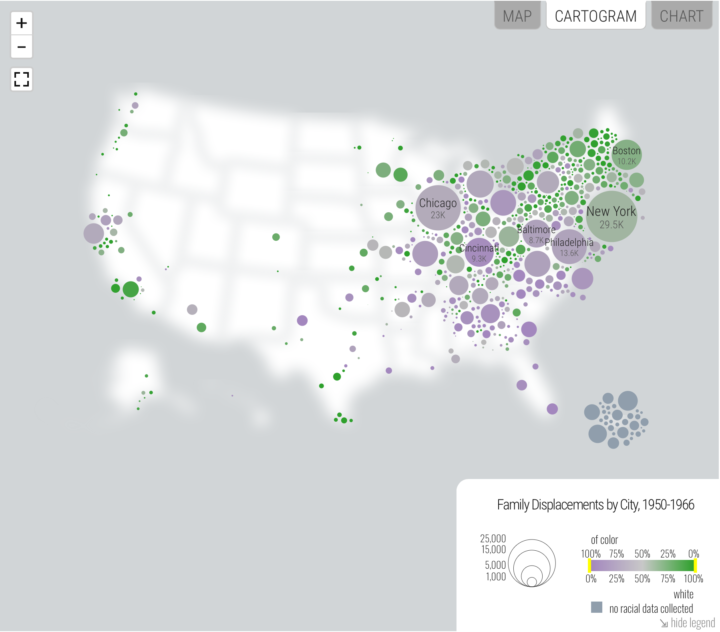


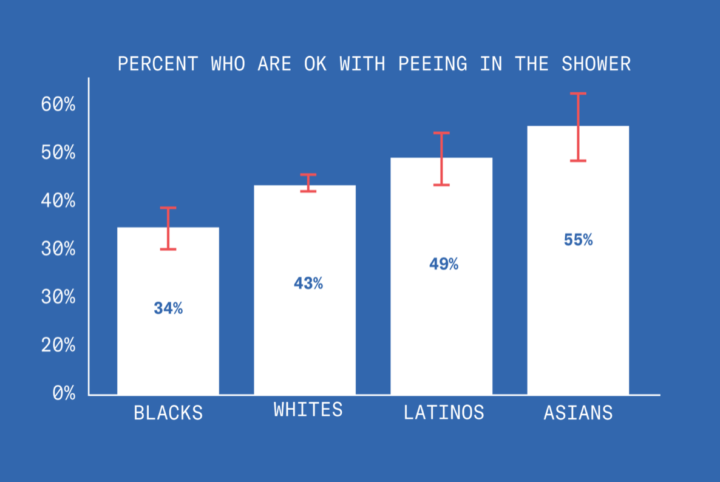
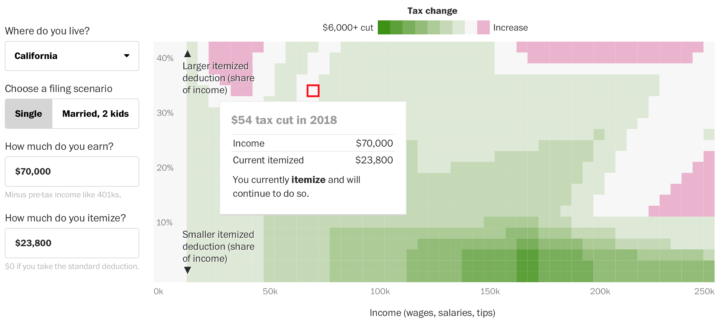
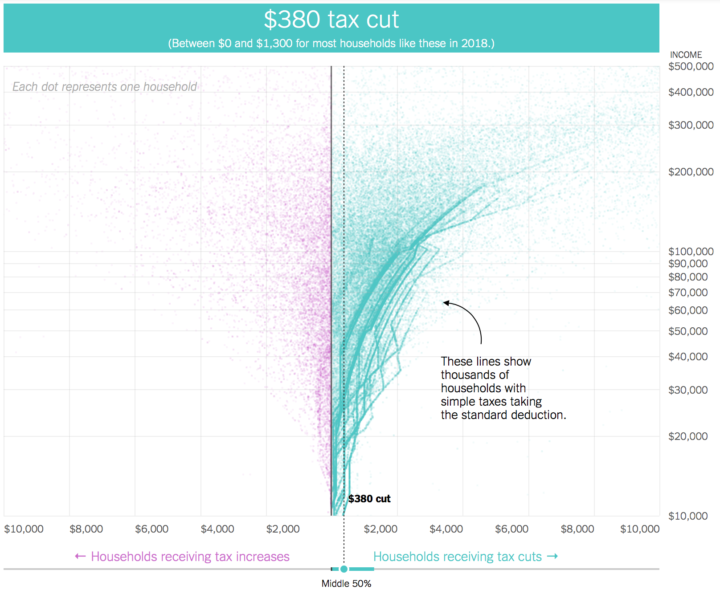
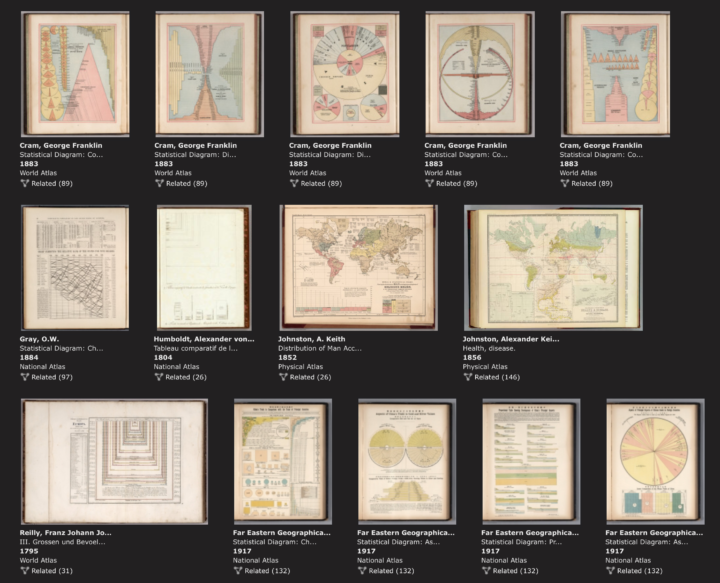
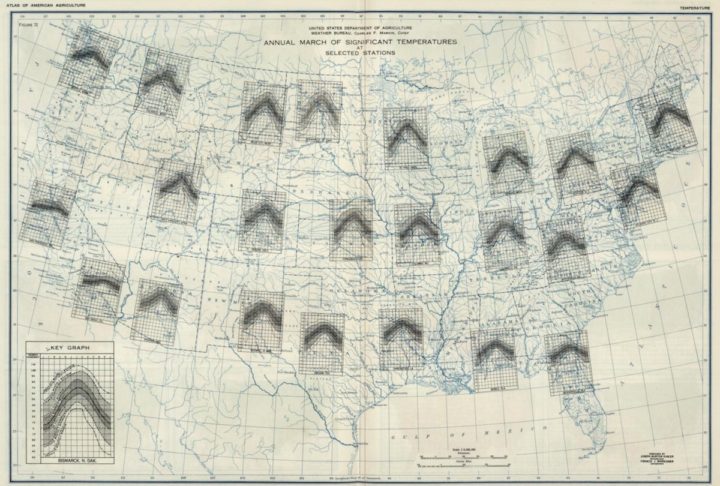
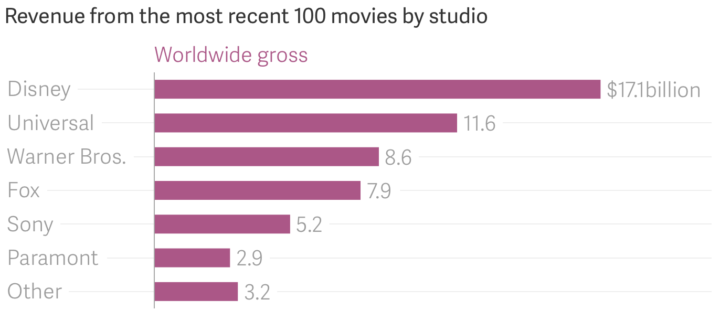
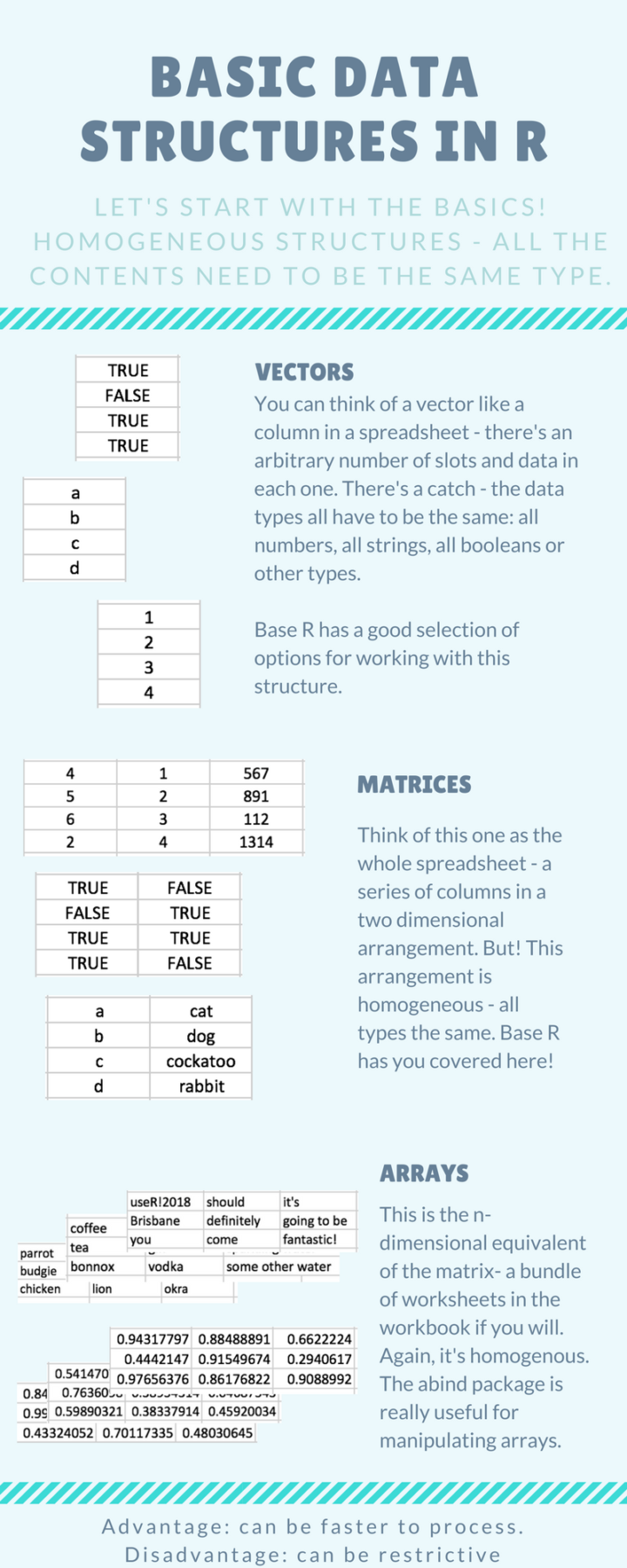 Introducing yourself to R as an Excel user can be tricky, especially when you don’t have much programming experience. It requires that you switch from one mental model of the data that exists in an interactive spreadsheet to one that exists in vectors and lists. Steph de Silva provides a
Introducing yourself to R as an Excel user can be tricky, especially when you don’t have much programming experience. It requires that you switch from one mental model of the data that exists in an interactive spreadsheet to one that exists in vectors and lists. Steph de Silva provides a 
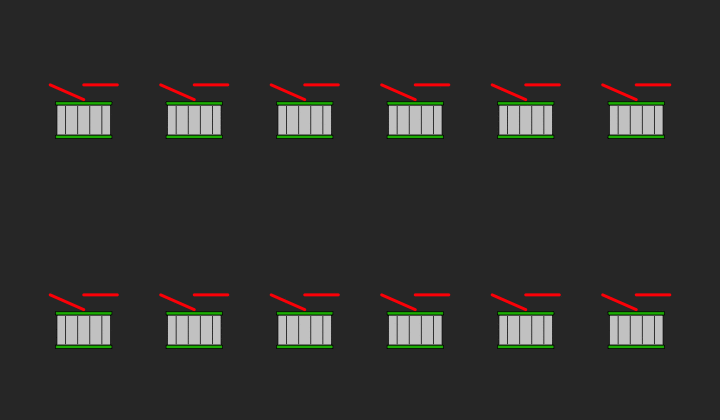
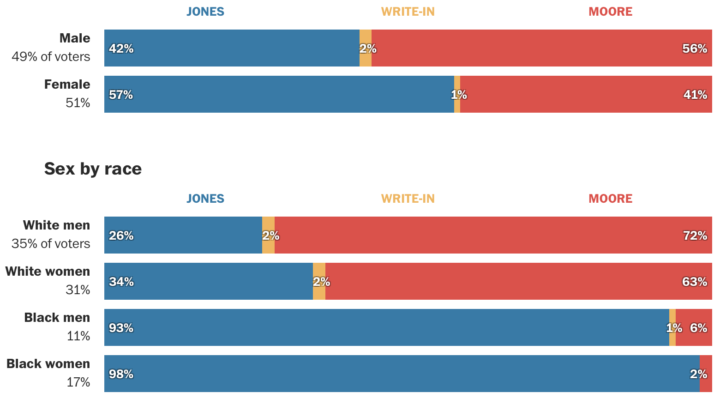
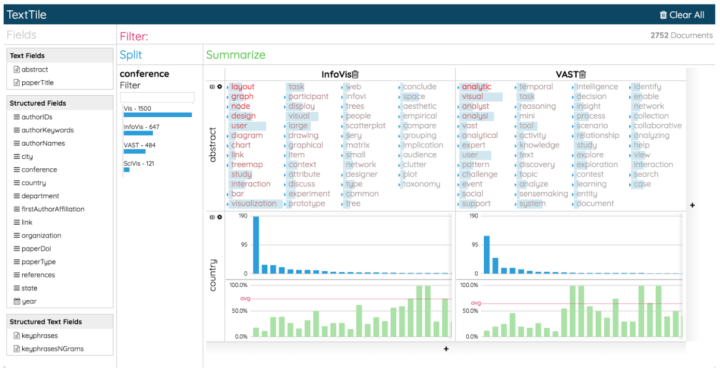









 Visualize This: The FlowingData Guide to Design, Visualization, and Statistics
Visualize This: The FlowingData Guide to Design, Visualization, and Statistics
